Home>Furniture & Design>Interior Design Trends>How To Tell If Drinking Glass Contains Lead


Interior Design Trends
How To Tell If Drinking Glass Contains Lead
Published: February 4, 2024
Learn how to identify lead in drinking glasses and protect your health with the latest interior design trends. Safeguard your home with expert tips.
(Many of the links in this article redirect to a specific reviewed product. Your purchase of these products through affiliate links helps to generate commission for Storables.com, at no extra cost. Learn more)
Introduction
Lead contamination in drinking glasses is a serious concern that can have detrimental effects on human health. With the potential to leach into beverages and pose a risk of lead exposure, it's crucial for individuals to be aware of the signs indicating the presence of lead in their glassware. Understanding how lead can contaminate drinking glasses and learning how to identify potential risks are essential steps in safeguarding against this health hazard. In this article, we will delve into the intricacies of lead contamination in drinking glasses, exploring the dangers it poses and providing valuable insights on how to detect and address this issue. By gaining a deeper understanding of lead contamination, individuals can take proactive measures to protect themselves and their loved ones from the harmful effects of lead exposure.
Key Takeaways:
- Beware of lead in drinking glasses! It can harm your brain and body. Check for lead in old, decorative, or crystal glassware using testing kits or expert help to stay safe.
- If you suspect lead in your glass, stop using it, seek expert advice, and consider replacing it. Educate others and monitor glassware for safety. Stay vigilant!
Read more: How To Tell If Glass Has Lead
What is lead and why is it harmful?
Lead is a naturally occurring heavy metal that has been used by humans for thousands of years due to its malleability, low melting point, and resistance to corrosion. Despite its historical significance, lead is a potent neurotoxin that can have severe health implications when ingested or inhaled. The harmful effects of lead on the human body are well-documented, making it crucial to understand the dangers associated with lead exposure.
When lead enters the body, it can disrupt the normal functioning of various organs and systems. One of the most concerning aspects of lead exposure is its impact on the nervous system, particularly in children. Lead can impair cognitive function, leading to learning disabilities, decreased IQ, and behavioral problems. Additionally, lead exposure in adults can result in high blood pressure, kidney damage, and reproductive issues. Prolonged exposure to lead has also been linked to an increased risk of cardiovascular diseases and anemia.
The detrimental effects of lead stem from its ability to interfere with enzymes and proteins essential for maintaining healthy bodily functions. Lead can replace essential minerals such as calcium and iron in the body, disrupting critical biological processes. Furthermore, lead accumulates in the bones over time, posing long-term health risks even after exposure has ceased.
Of particular concern is the impact of lead on children, whose developing bodies and brains are more susceptible to its toxic effects. Even low levels of lead exposure in children can lead to irreversible damage, making it imperative to minimize their contact with lead-containing substances.
In the context of drinking glasses, the presence of lead poses a direct threat to individuals who consume beverages from contaminated glassware. Given the potential for lead to leach into liquids, the use of lead-containing drinking glasses can result in chronic exposure, amplifying the risk of adverse health effects.
In summary, lead is a highly toxic substance that can have profound and lasting effects on human health. Understanding the dangers of lead exposure is essential for safeguarding individuals, particularly children, from the detrimental impact of this hazardous metal. By recognizing the risks associated with lead contamination, individuals can take proactive measures to mitigate exposure and protect their well-being.
How lead can get into drinking glasses
Lead can infiltrate drinking glasses through various avenues, posing a significant risk to individuals who consume beverages from contaminated glassware. Understanding the potential sources of lead contamination is crucial for identifying and addressing this pervasive issue.
-
Decorative Designs: Lead-based paints or glazes used for decorative designs on glassware can be a common source of lead contamination. When these designs come into contact with beverages, lead may leach into the liquid, especially if the glassware is old or has undergone extensive wear and tear.
-
Crystal Glassware: Traditional crystal glassware, prized for its brilliance and clarity, often contains lead oxide. This lead content enhances the glass's refractive properties, but it also presents a potential risk of lead leaching into alcoholic beverages or acidic liquids, particularly during prolonged storage.
-
Manufacturing Processes: Inadequate quality control during the manufacturing of glassware can result in lead contamination. If lead-based materials are used in the production process or if glassware comes into contact with lead-containing surfaces or equipment, the risk of lead leaching into beverages becomes a significant concern.
-
Antique or Vintage Glassware: Older glassware, particularly items produced before lead regulations were enforced, may contain high levels of lead. The passage of time, combined with wear and tear, can exacerbate the leaching of lead into beverages, making antique or vintage glassware a potential source of lead exposure.
-
Improper Usage and Care: Improper handling and maintenance of glassware, such as using abrasive cleaners or exposing glassware to extreme temperatures, can contribute to lead leaching. Over time, these practices can compromise the integrity of the glass, facilitating the release of lead into beverages.
Given the diverse pathways through which lead can contaminate drinking glasses, it is essential for individuals to exercise caution and awareness when selecting and using glassware. By recognizing the potential sources of lead contamination, individuals can make informed choices to minimize the risk of lead exposure and prioritize the safety of their drinking vessels.
Understanding how lead can infiltrate drinking glasses is the first step in addressing this pervasive issue. By identifying the potential sources of lead contamination, individuals can take proactive measures to mitigate the risk of lead exposure and safeguard their health and well-being.
To test for lead in a drinking glass, rub the rim with a piece of white vinegar-soaked cloth. If the rim turns a pinkish color, it may contain lead.
How to tell if a drinking glass contains lead
Identifying whether a drinking glass contains lead requires a combination of visual inspection, knowledge of glassware characteristics, and, in some cases, specialized testing. Here are several methods to determine if a drinking glass contains lead:
-
Lead Testing Kits: Utilizing lead testing kits available in hardware stores or online can provide a quick and reliable assessment of lead presence in drinking glasses. These kits typically include swabs or solutions that change color in the presence of lead, offering a straightforward way to detect lead contamination.
-
Lead Check Swabs: Specifically designed for identifying lead in household items, lead check swabs can be used to test drinking glasses for lead content. By swabbing the surface of the glass and observing color changes, individuals can ascertain the presence of lead with relative ease.
-
X-ray Fluorescence (XRF) Testing: Professional testing using XRF technology can accurately determine the elemental composition of glassware, including the presence of lead. This non-destructive method provides precise results and is commonly employed for comprehensive lead testing in various materials.
-
Visual Examination: Careful visual inspection of the glassware can offer clues about potential lead content. Look for signs of aging, such as cloudy or grayish discoloration, which may indicate lead leaching. Additionally, inspect any decorative designs or patterns, as lead-based paints or glazes could be present.
-
Acid Test: While this method requires caution and should be performed with care, an acid test can help identify lead in glassware. By applying a small amount of household white vinegar to the glass and observing for any changes, individuals can assess the likelihood of lead leaching.
-
Consulting Experts: Seeking guidance from professionals, such as appraisers, antique dealers, or environmental testing agencies, can provide valuable insights into the composition of drinking glasses. Experts can offer specialized knowledge and testing services to accurately determine lead presence.
It is important to note that lead testing should be conducted in a well-ventilated area, and appropriate safety measures should be followed, especially when using chemicals or specialized testing equipment. By employing these methods, individuals can gain clarity on whether their drinking glasses contain lead, enabling them to make informed decisions to protect their health and well-being.
Understanding how to identify lead in drinking glasses empowers individuals to take proactive steps in mitigating the risks associated with lead exposure. By leveraging these detection methods, individuals can make informed choices about the use and maintenance of glassware, ultimately prioritizing safety and minimizing the potential health hazards associated with lead contamination.
What to do if you suspect your drinking glass contains lead
If you suspect that your drinking glass contains lead, it is essential to take prompt and decisive action to mitigate the potential health risks associated with lead exposure. Here are several proactive steps to consider:
-
Discontinue Use: Immediately cease using the suspected lead-containing drinking glass. This precautionary measure is crucial to prevent further exposure to lead and minimize the risk of ingestion or absorption of the toxic metal.
-
Separate from Other Glassware: Keep the suspected lead-containing glassware separate from other drinking vessels to avoid accidental use. Clearly label or set aside the glass for further assessment and avoid any potential cross-contamination with lead-free glassware.
-
Consult Experts: Seek guidance from professionals with expertise in lead testing and environmental health. Consulting with appraisers, antique dealers, or environmental testing agencies can provide valuable insights into the composition of the glassware and offer specialized testing services to accurately determine lead presence.
-
Consider Replacement: If the suspected glassware is confirmed to contain lead, consider replacing it with lead-free alternatives. Prioritize the use of glassware certified as lead-free to ensure the safety of beverages and minimize the risk of lead exposure.
-
Safe Disposal: If the glassware is confirmed to contain lead and replacement is not feasible, follow proper disposal guidelines for lead-containing materials. Contact local authorities or waste management facilities to inquire about safe disposal methods to prevent environmental contamination.
-
Educate Others: Share your experience and knowledge about lead contamination in drinking glasses with family, friends, and the community. By raising awareness about the potential risks and preventive measures, you can contribute to promoting a safer and healthier environment for everyone.
-
Regular Monitoring: Routinely monitor and assess other glassware in your possession for potential lead contamination. Conduct visual inspections, consider lead testing kits, and remain vigilant about the sources of glassware to minimize the risk of lead exposure.
By taking these proactive measures, individuals can effectively address the concerns associated with suspected lead-containing drinking glasses and prioritize the safety of their household and guests. Swift action, informed decision-making, and a commitment to minimizing lead exposure are essential in safeguarding against the potential health hazards posed by lead-contaminated glassware.
Read more: What Is Lead Glass
Conclusion
In conclusion, the presence of lead in drinking glasses poses a significant health risk, necessitating heightened awareness and proactive measures to safeguard against potential exposure. The detrimental effects of lead on the human body, particularly on cognitive development in children and overall well-being in adults, underscore the importance of identifying and addressing lead contamination in glassware.
By understanding the various pathways through which lead can infiltrate drinking glasses, individuals can make informed choices when selecting and using glassware. Whether it involves recognizing the risks associated with decorative designs, traditional crystal glassware, manufacturing processes, or antique/vintage glassware, being mindful of potential sources of lead contamination is essential for minimizing exposure.
Furthermore, the methods for identifying lead in drinking glasses, including visual inspection, lead testing kits, X-ray Fluorescence (XRF) testing, and consulting experts, empower individuals to take proactive steps in mitigating the risks associated with lead exposure. By leveraging these detection methods, individuals can make informed decisions about the use and maintenance of glassware, ultimately prioritizing safety and minimizing the potential health hazards associated with lead contamination.
If there is suspicion of lead presence in drinking glasses, prompt action, such as discontinuing use, seeking expert guidance, considering replacement, and safe disposal if necessary, is crucial in mitigating potential health risks. Additionally, educating others about lead contamination in glassware and regularly monitoring glassware for potential lead contamination are essential steps in promoting a safer and healthier environment.
In essence, the awareness of lead contamination in drinking glasses and the implementation of proactive measures are paramount in protecting individuals and their families from the harmful effects of lead exposure. By fostering a culture of vigilance, informed decision-making, and responsible consumption, individuals can contribute to minimizing the prevalence of lead-contaminated glassware and prioritize the safety and well-being of themselves and their loved ones.
Frequently Asked Questions about How To Tell If Drinking Glass Contains Lead
Was this page helpful?
At Storables.com, we guarantee accurate and reliable information. Our content, validated by Expert Board Contributors, is crafted following stringent Editorial Policies. We're committed to providing you with well-researched, expert-backed insights for all your informational needs.

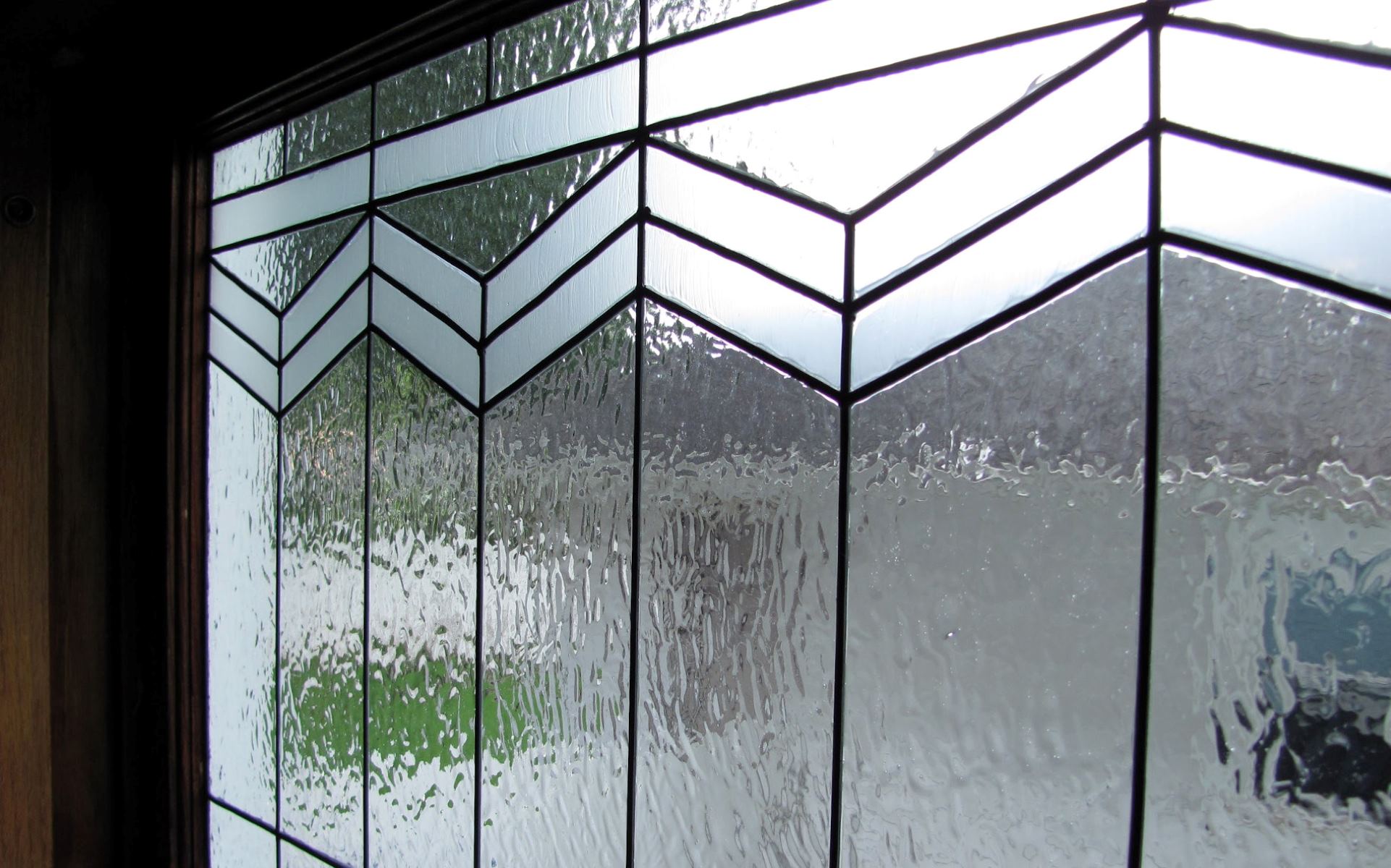


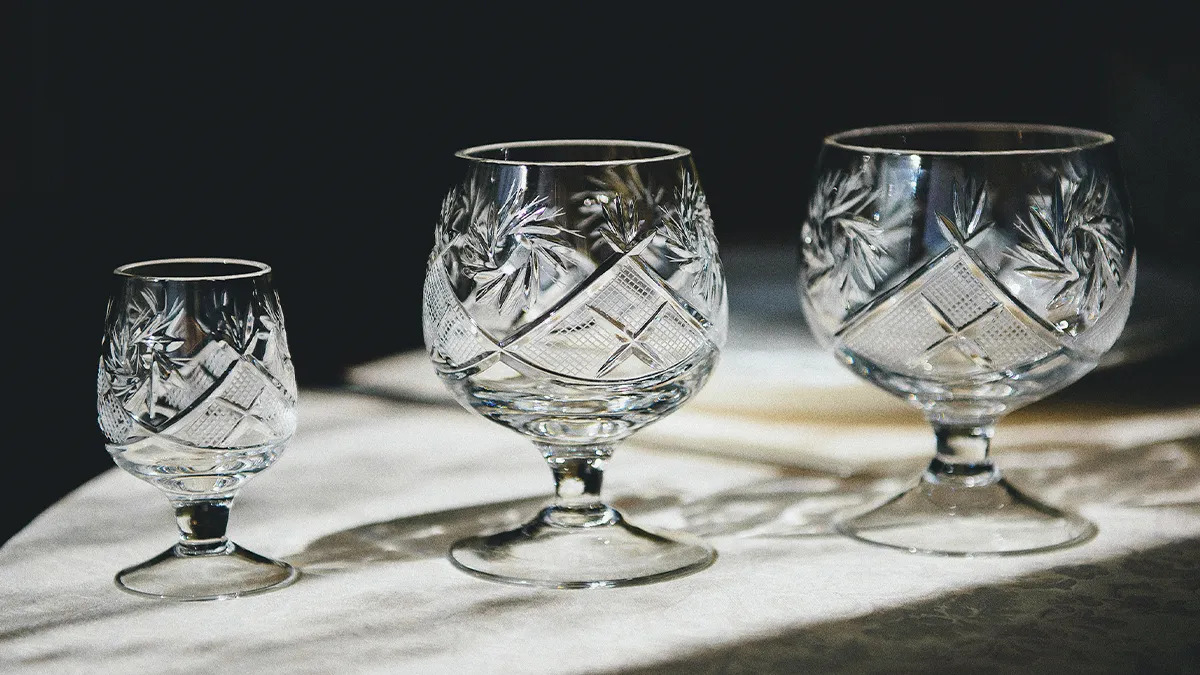
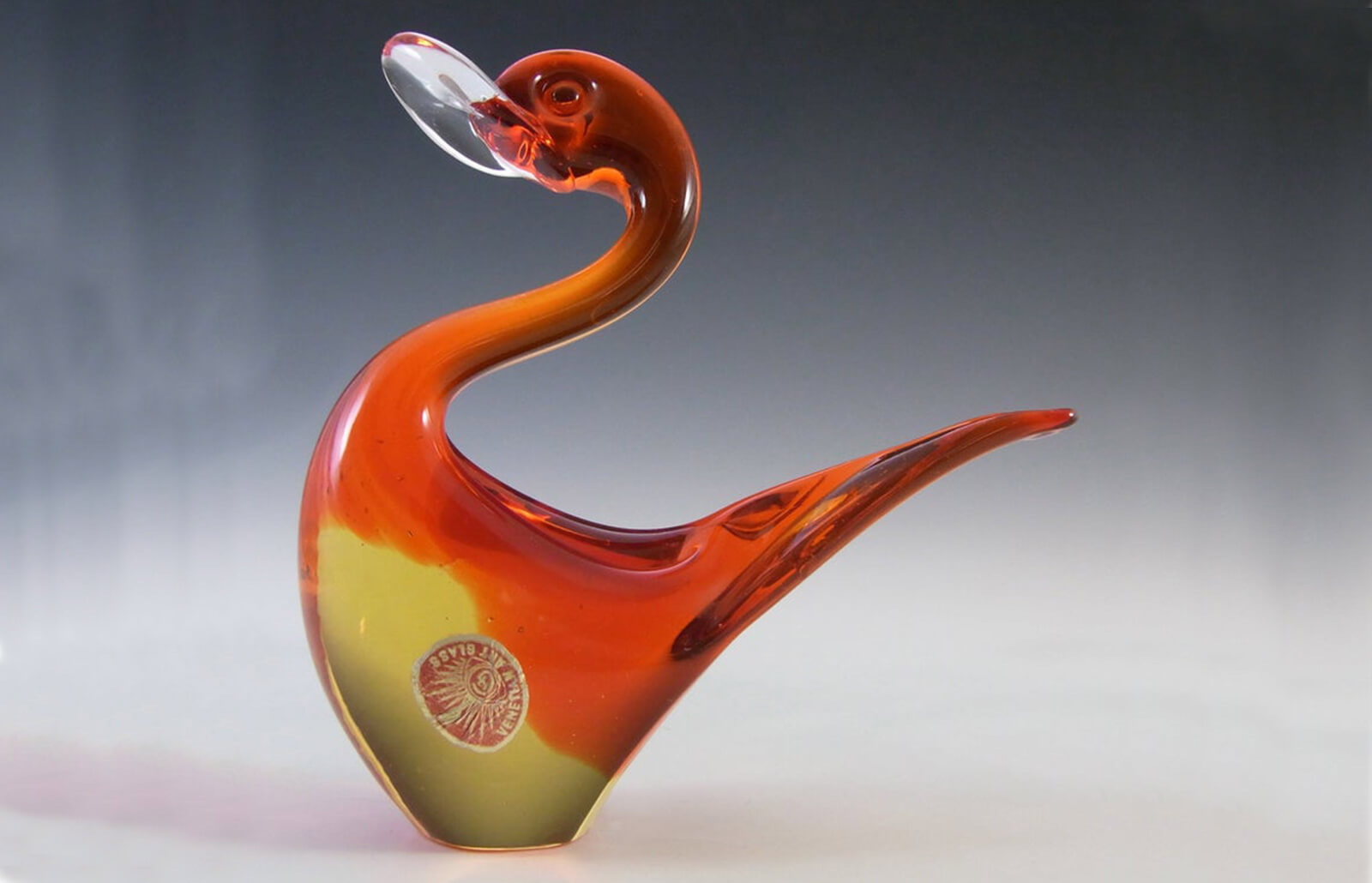
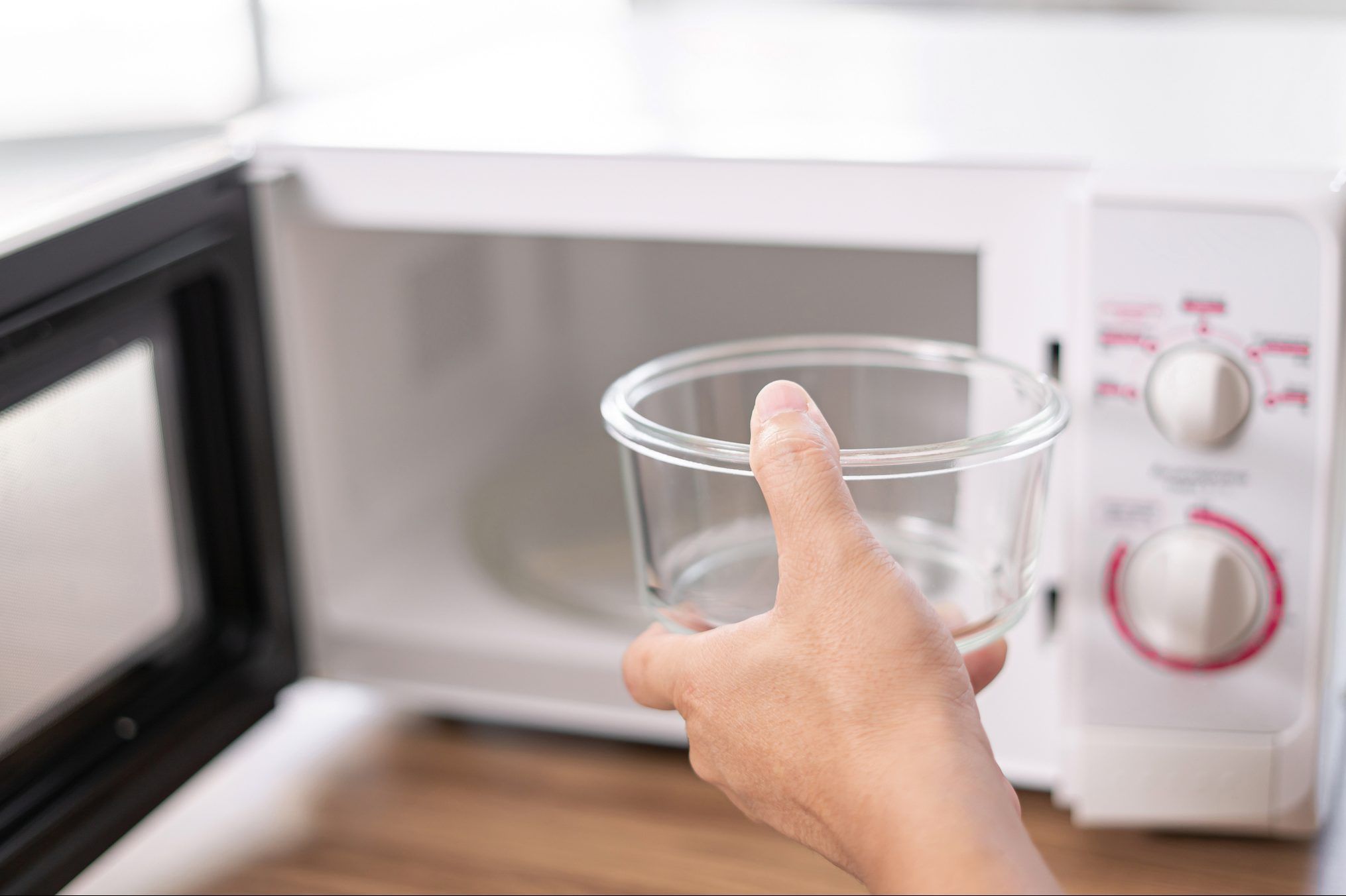

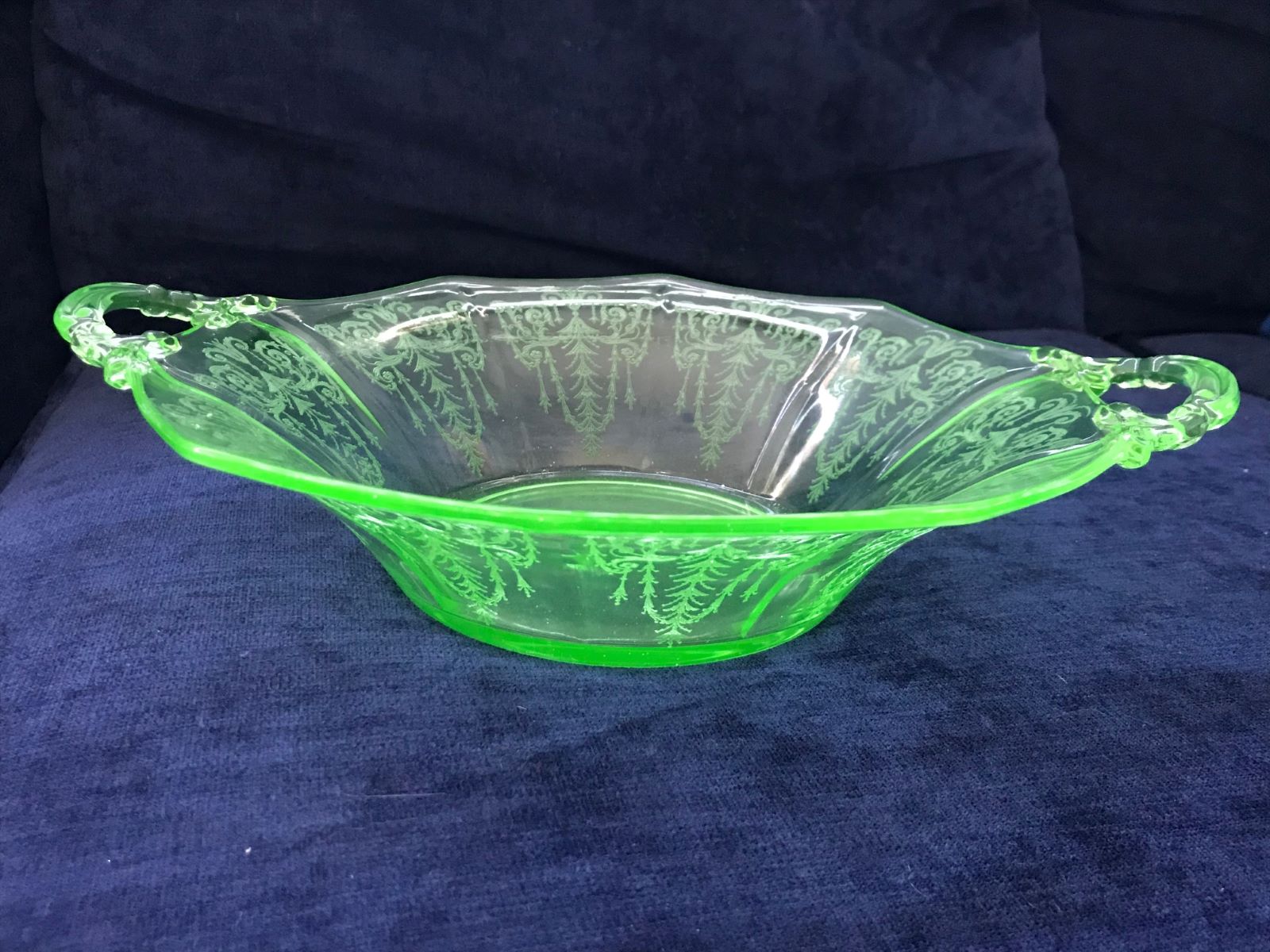

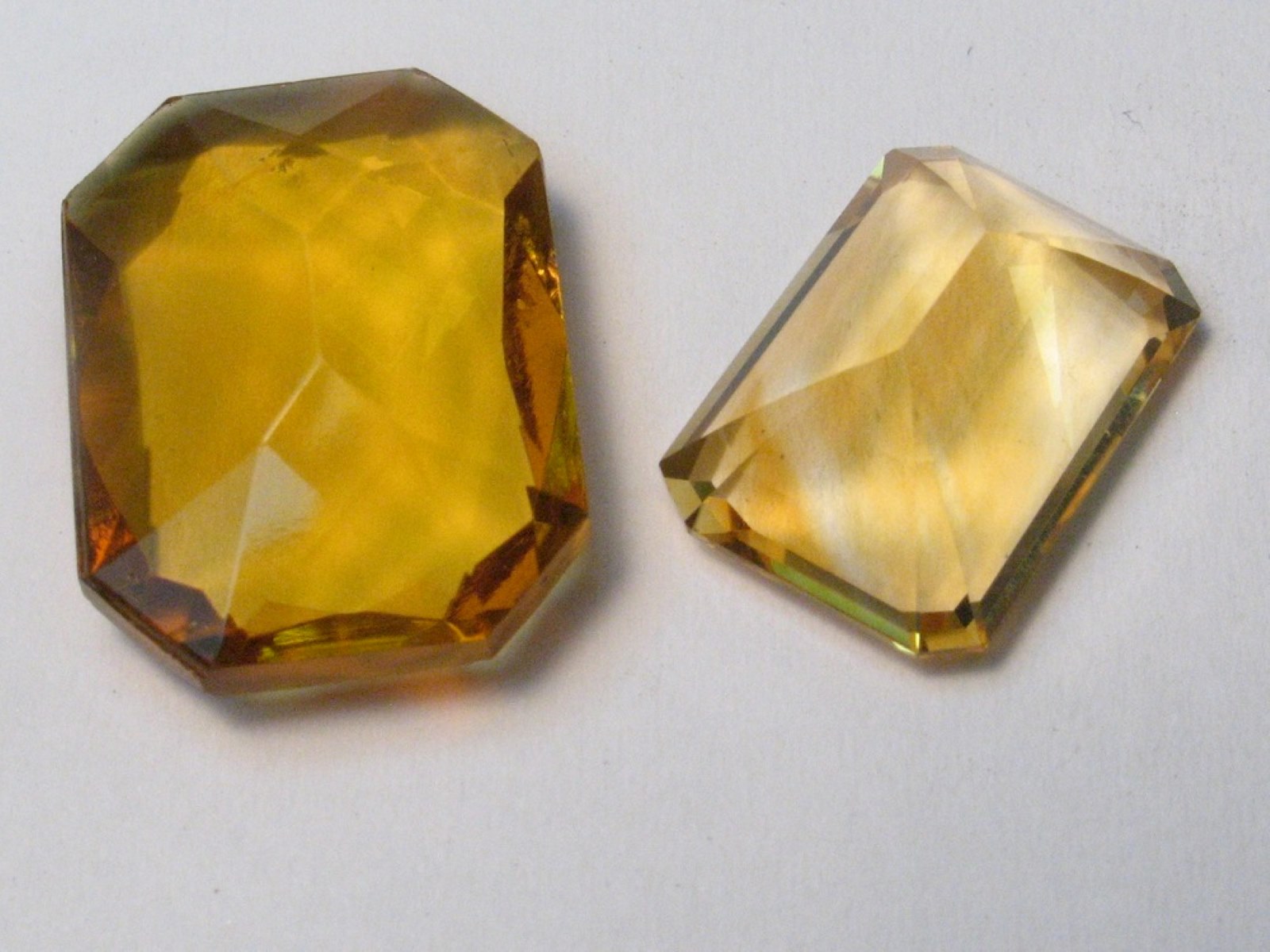
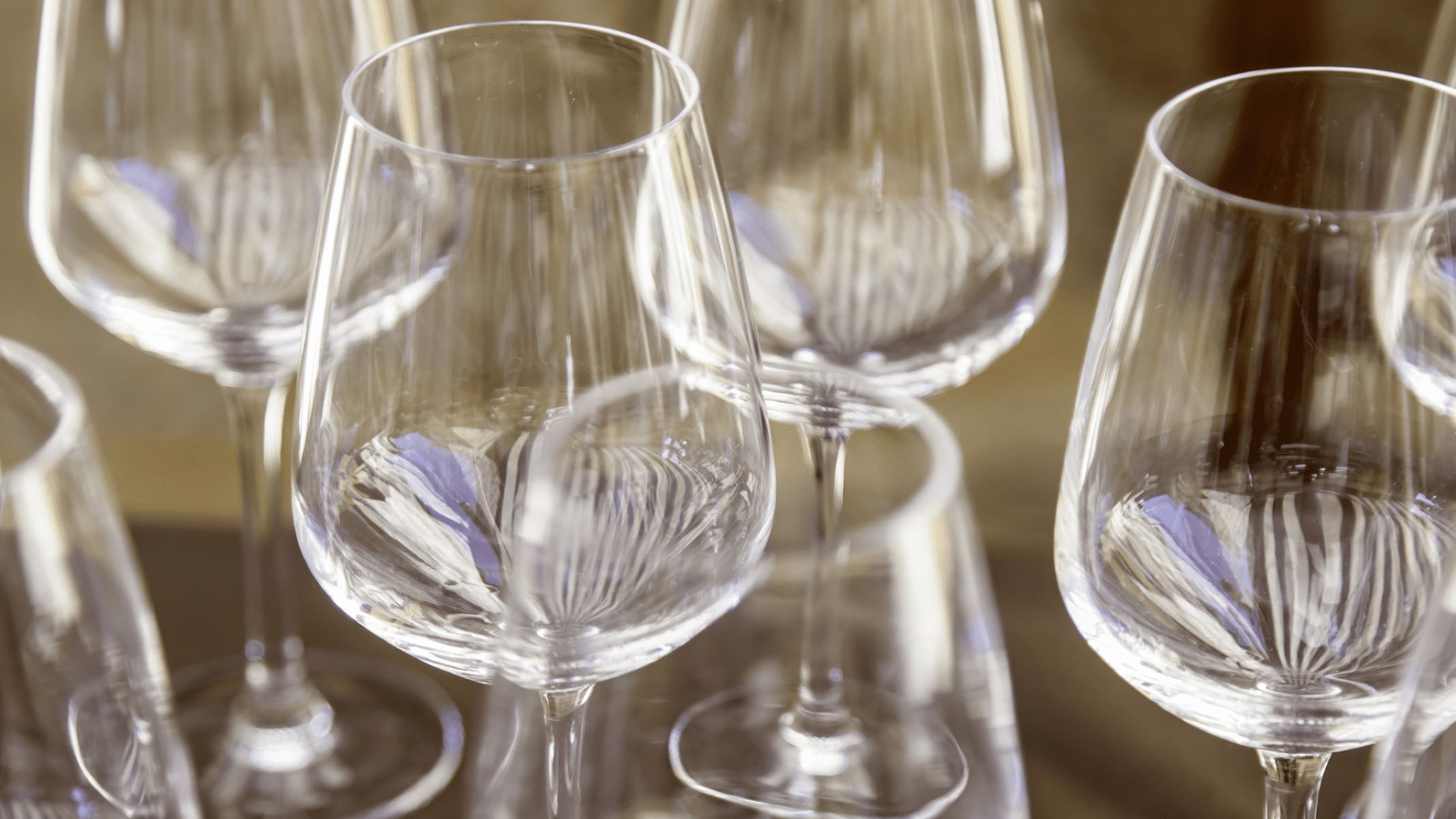
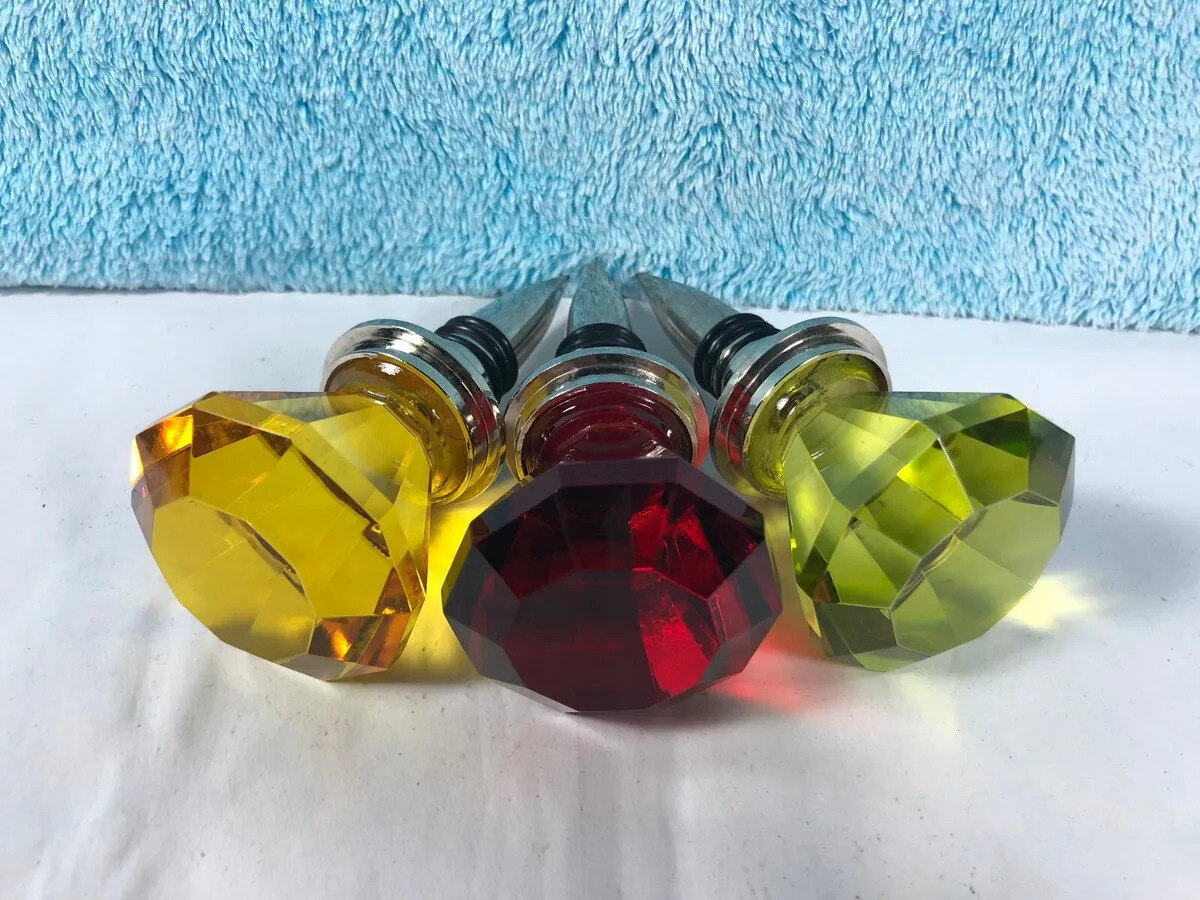
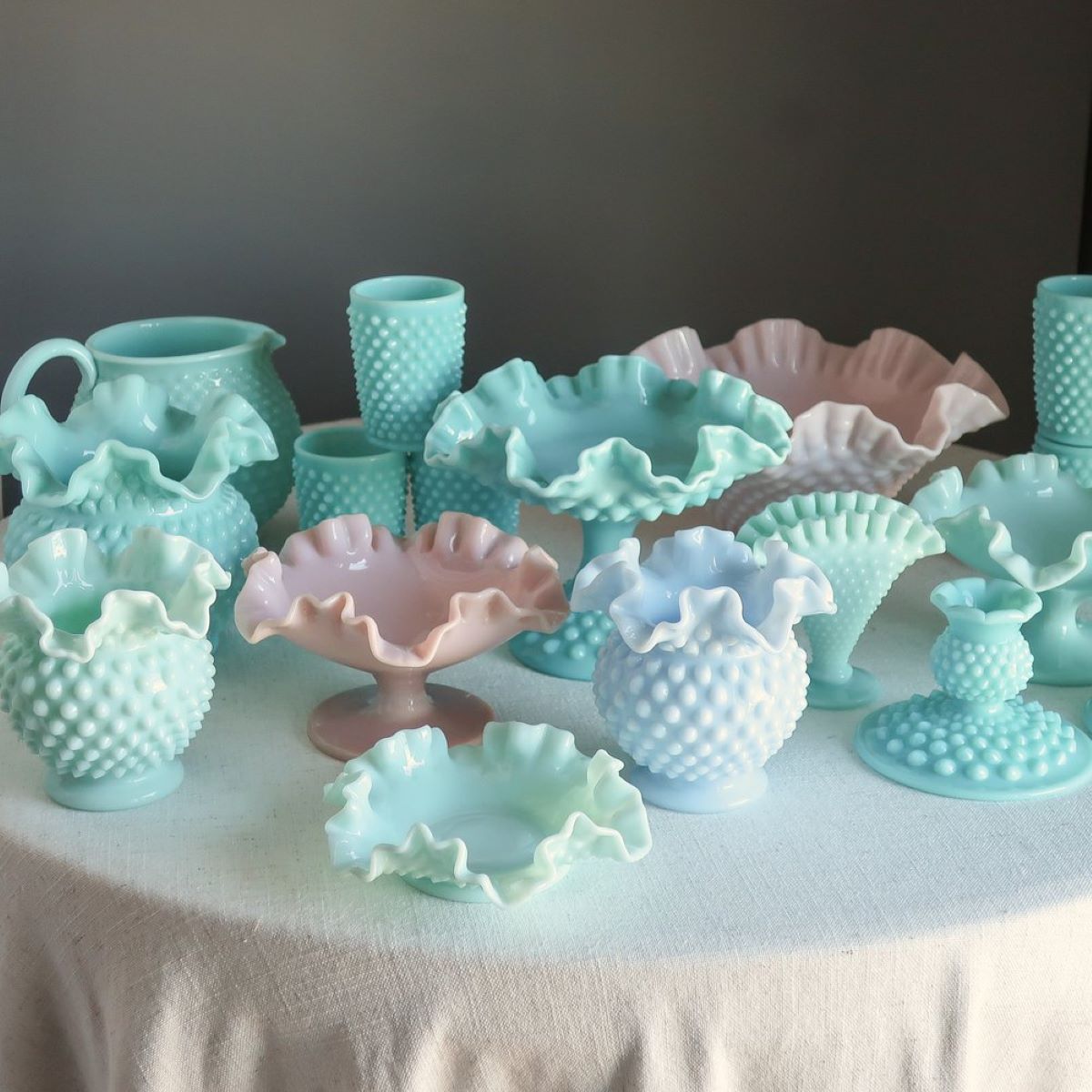

0 thoughts on “How To Tell If Drinking Glass Contains Lead”